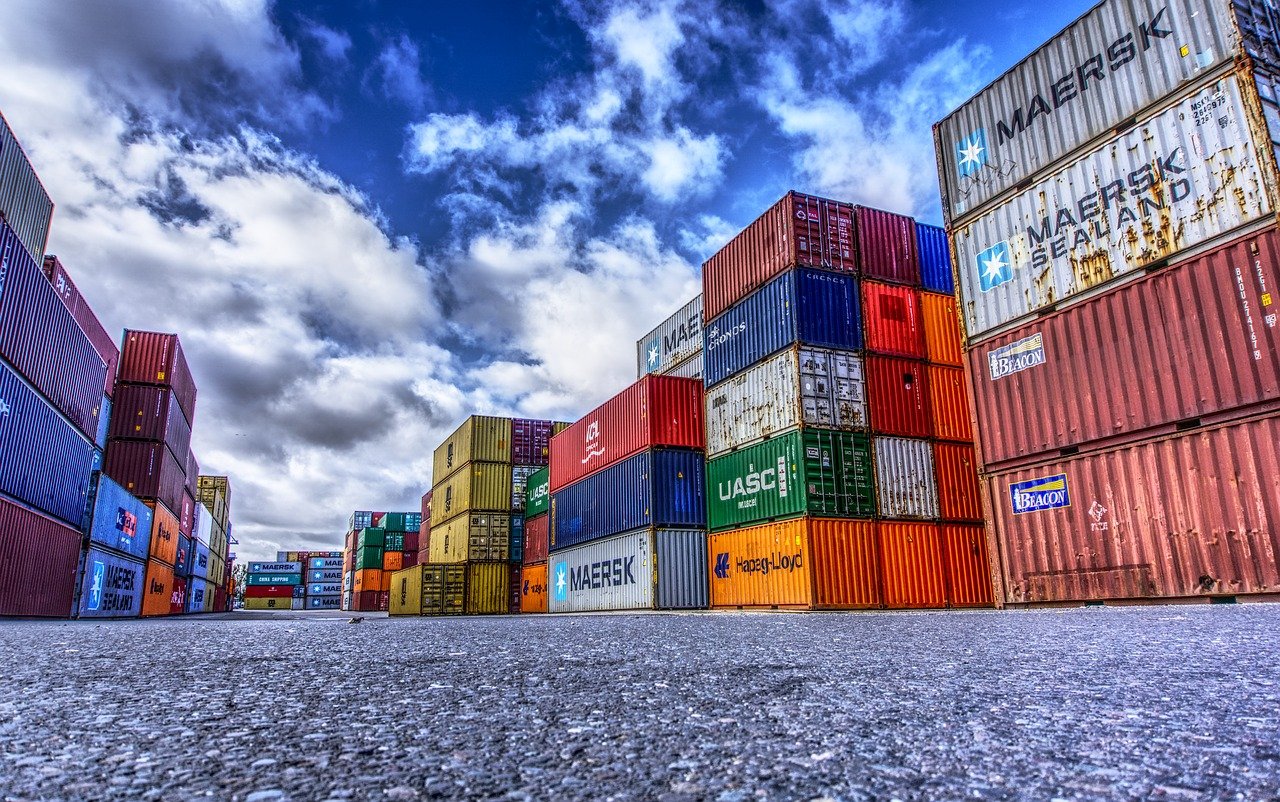Because of the proximity of water, changing soil conditions, and possible erosion, excavation in coastal buildings offers special difficulties. Safety, efficiency, and environmental sustainability depend on creative ideas for excavation support being put into use, such as those seen in Marine Bulkheading SOE Construction New York.
Innovative Soil Stabilization Techniques
Stability of the soil is one of the main issues in coastal excavation. Common in coastal locations, sandy or loose soils may not be suited for traditional approaches. Using creative soil stabilization methods, including polymer-based additives and geotextiles, will greatly improve soil cohesion and strength. These elements raise the soil’s load-bearing capacity, therefore lowering the risk of collapse during excavation. Furthermore, using biopolymers made from natural sources might offer sustainable and eco-friendly choices with great efficiency.
Smart Monitoring Systems
Especially in excavation support, the development of smart technology has transformed building methods. Including sensors and monitoring systems into excavation sites lets real-time data collection about structural integrity, water level, and soil conditions be possible. These intelligent devices can offer warnings for possible threats, therefore allowing fast reactions to changing circumstances. Using Internet of Things (IoT) technologies helps building teams maximize their activities and guarantee a safer workplace.
Modular Shoring Systems
Coastal excavation projects are finding growing favor for modular shoring solutions. These prefabricated solutions enable speedy assembly on-site, therefore facilitating effective installation and removal. Because modular systems are flexible enough to meet different excavation depths and soil conditions, they can be specifically supported where most needed. Moreover, these systems sometimes make use of light-weight materials that lessen the environmental effect of installation and mobility.
Environmental Considerations
In coastal buildings, surrounding environment protection is absolutely vital. Eco-friendly methods used in creative excavation support solutions reduce disruption of coastal habitats and aquatic life. Using erosion control blankets composed of biodegradable materials, for instance, helps stop soil erosion and lets natural vegetation grow again. Using silt fences and sediment control techniques also helps to lessen the effects of excavation on surrounding water sources.

Collaborative Design and Planning
In coastal excavation projects, finally, cooperation among stakeholders—engineers, conservationists, and construction teams—is absolutely vital. Using integrated design techniques guarantees that creative ideas fit environmental criteria and safety regulations. Teams working together may see possible difficulties early on and create efficient excavation support plans that give both safety and economy first priority.
Coastal excavation’s difficulties call for creative and flexible answers to guarantee efficiency and safety. The building sector may negotiate the complexity of coastal projects effectively by adopting cutting-edge soil stabilization methods, smart monitoring systems, modular shoring, environmentally friendly practices, and group planning, particularly in initiatives like Marine Bulkheading SOE Construction New York. These developments improve operational effectiveness and help coastal ecosystems to be sustainable as well.














